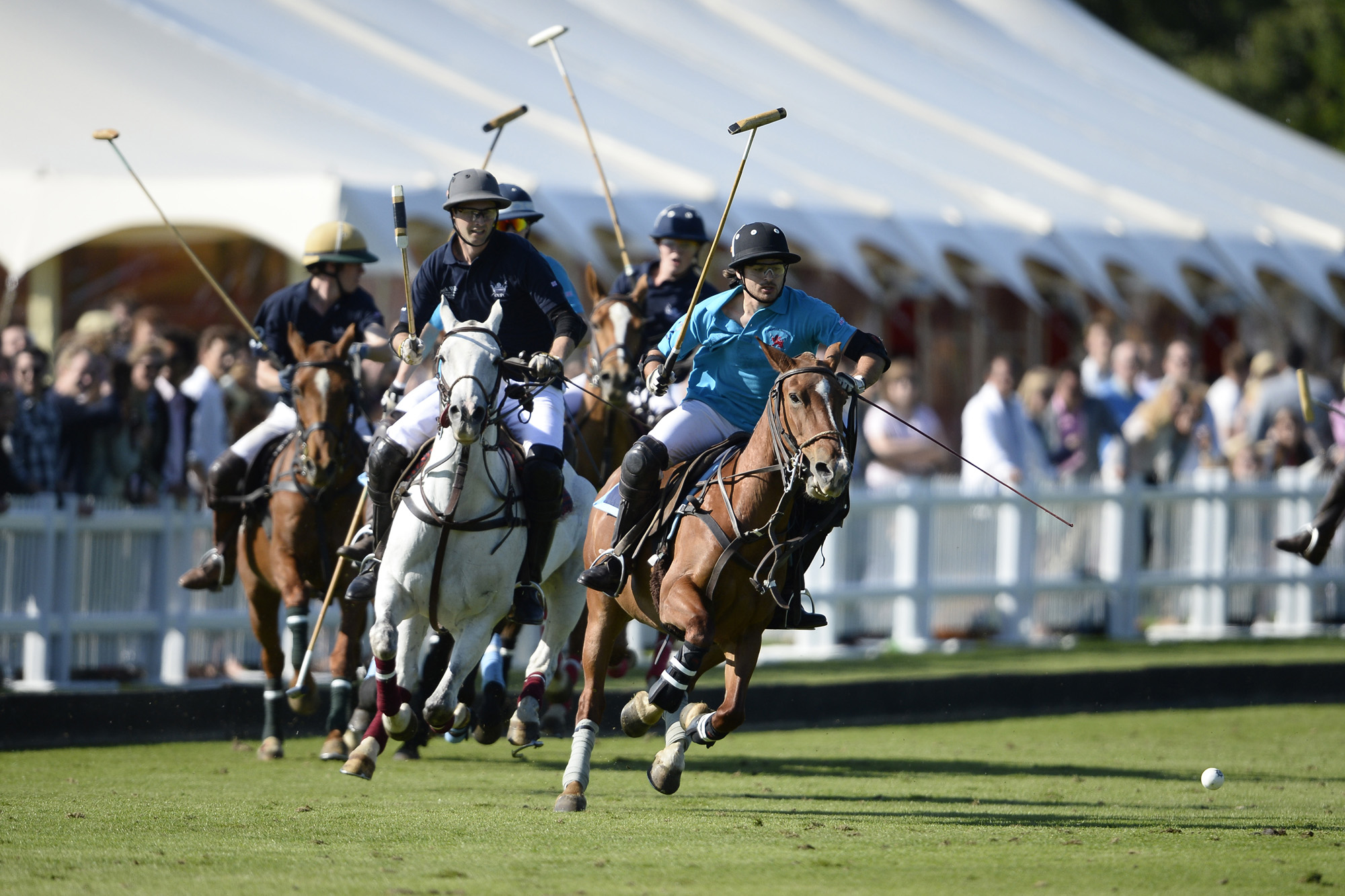How to play polo
- Introduction to Polo
- Understanding Polo Rules: Part 1
- Understanding Polo Rules: Part 2
Introduction to Polo
The Role of Teamwork in Polo

Equestrian team sport.
Polo is a team sport that requires a high level of coordination and cooperation among team members. Each player has a specific role to play, and the success of the team depends on how well these roles are executed in harmony. This unit will delve into the importance of teamwork in Polo, the dynamics of a Polo team, and how effective communication can enhance team performance.
The Importance of Teamwork in Polo
In Polo, no player can single-handedly lead the team to victory. The game demands a collective effort where each player contributes to the team's success. The players must work together to outmaneuver their opponents, defend their goal, and score goals. A well-coordinated team can effectively utilize the field, maintain possession of the ball, and create scoring opportunities.
Dynamics of a Polo Team
A Polo team consists of four players, each assigned a specific position numbered from 1 to 4. The number 1 player is usually the primary attacker, while number 4 is the primary defender. Players 2 and 3 are midfielders who support both the attack and defense.
Each position requires a unique set of skills and a specific mindset. However, the roles are fluid and can change rapidly during the game. For instance, a defender might find themselves leading an attack, or an attacker might have to fall back to defend. This fluidity makes teamwork even more crucial in Polo.
Communication in Polo
Effective communication is key to successful teamwork in Polo. Players must constantly communicate to coordinate their movements, plan attacks, set up defenses, and alert each other to changing game situations. This communication can be verbal or non-verbal, using signals, body language, or the positioning of the horse.
In addition to player communication, the team's coach plays a vital role in guiding the team's strategy and helping the players work together effectively. The coach communicates with the players before the game and during breaks, providing tactical advice, feedback, and encouragement.
Conclusion
Teamwork is at the heart of Polo. A team that works together effectively can control the game, adapt to changing situations, and ultimately outplay their opponents. Whether you're a player aiming to improve your game or a fan seeking to understand the sport better, appreciating the role of teamwork in Polo can provide valuable insights into this fascinating game.